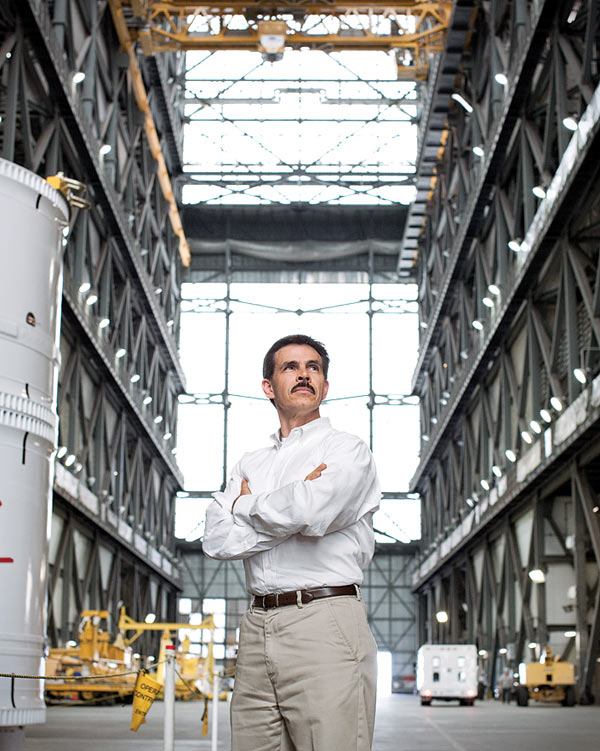
This story is only available to subscribers.
Don’t settle for half the story.
Get paywall-free access to technology news for the here and now.
